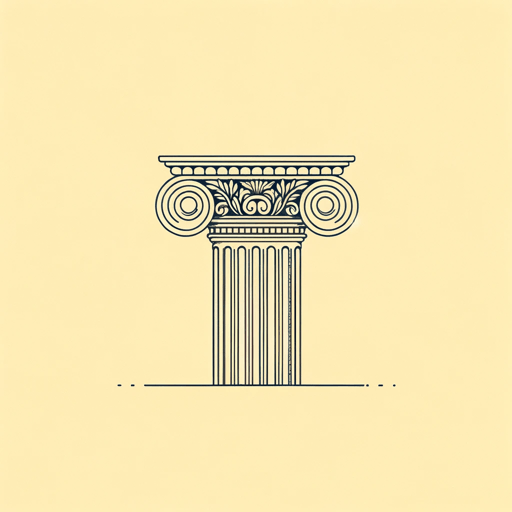42 pages • 1 hour read
John RuskinThe Stones of Venice
Nonfiction | Book | AdultA modern alternative to SparkNotes and CliffsNotes, SuperSummary offers high-quality Study Guides with detailed chapter summaries and analysis of major themes, characters, and more.
Themes
Architecture as Reflecting Nature and Creation
Ruskin received a religious upbringing from his mother, an evangelical Christian, and an essentially religious worldview informs The Stones of Venice. One notable statement of this worldview comes in Book 1, Chapter 2, in which Ruskin argues that human nature must be dedicated to God in order to become truly human (35). His religious convictions are also applied to art and architecture, as he argues that this human artform must take its primary inspiration from “God’s work”—i.e., the beauties of nature (37).
Ruskin’s preferences for imitating the natural world appear again when he discusses sculptural ornamentation, as he argues that it should imitate foliage and other natural forms instead of human phenomena (101). Ruskin even treats the Matterhorn, a mountain in the Alps, as an example of architecture and proposes it as a sublime model for human architecture (51). Indeed, Ruskin posits that one of the essential “virtues of building” is the need to express through architecture “man’s delight in better work than his own” (37, emphasis added)—i.e., God’s creation in nature. The idea that God is the ultimate artist or architect, and that human art is an imitation of divine creation, is a traditional theological 







